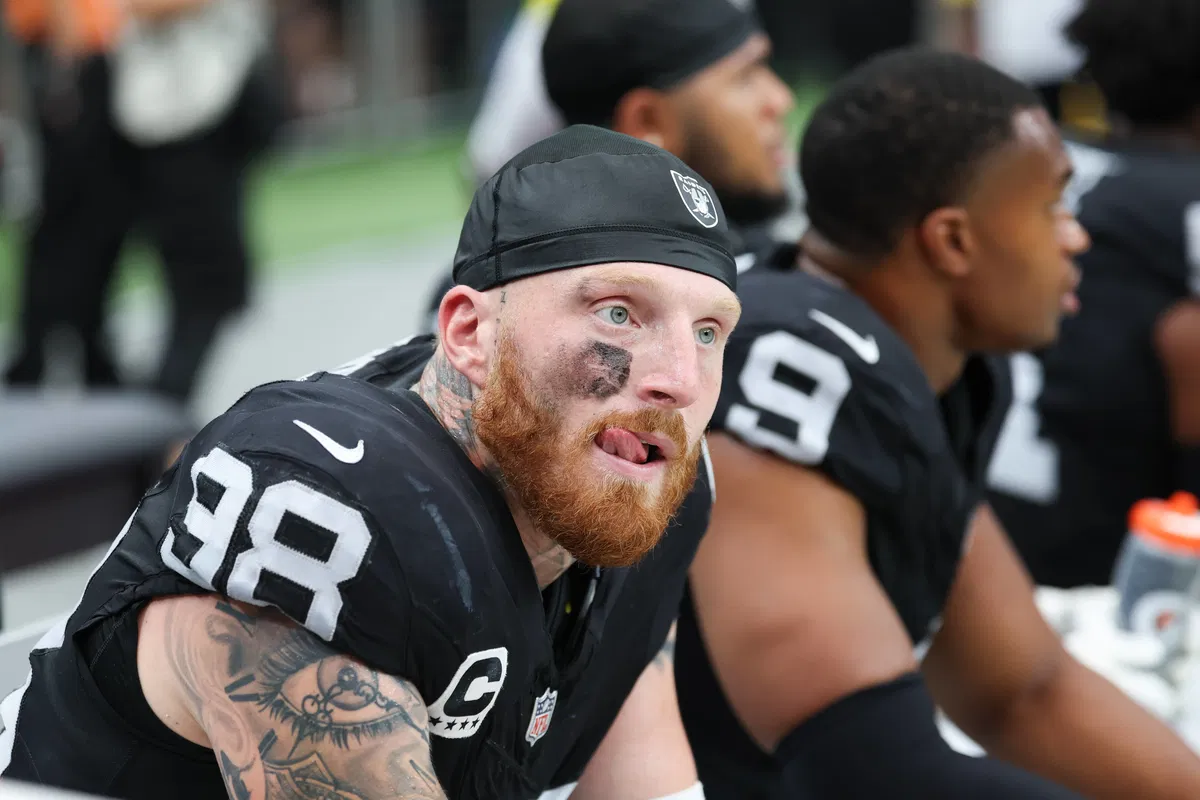Copyright idronline

In recent years, a growing number of social sector actors have shown interest in moving away from traditional, top-down approaches that view communities as ‘beneficiaries’ to more community-driven ones, where communities partner with funders and nonprofits and eventually become owners of their own development priorities. As owners, communities then identify, design, and execute solutions to the challenges they face. This process is what we call community-driven change (CDC). CDC is built on the principles of strengthening power (the community’s voice, agency, and shared goals), assets (their access to resources and markets), and equity and inclusion (where historically marginalised voices are heard). Evidence shows that when programmes adopt a CDC approach, social change is much more lasting and equitable. But when we spoke to funders across India and Africa, we found a persistent uncertainty around how to effectively track progress and evaluate results in community development initiatives: What does success look like? Which metrics or indicators are important to track? That’s because there’s no one-size-fits all approach when it comes to measuring progress; by its very nature it’s contextual to the community it serves. For some, like Mission Samriddhi, a social impact platform that works with panchayats in rural India, it is measured through data from periodic self-assessments by community members on more than 144 success indicators across their five focus areas. For others, like the Warande Advisory Centre (WAC), an organisation that supports capacity strengthening, coalition building and advocacy for enabling community-centred solutions in Africa, it is gleaned from storytelling sessions with the community. But what is common to almost all successful community assessment approaches is a focus on the process of building power, assets, and equity and inclusion in the community, which go beyond the programmatic goals that most traditional measurement, evaluation, and learning (MEL) approaches tend to capture. The good news is, more and more funders and nonprofits are developing innovative assessment approaches that consider the complex and contextual nature of these programmes. In our latest research, we have distilled insights from interviews with more than 50 funders, nonprofits, and intermediaries who work directly or indirectly with communities across India and Africa into four overarching considerations, or guiding principles, to keep in mind while assessing progress on community development programmes. 1. Measure what matters to the community When Saamuhika Shakti, a collaborative of nonprofits supported by the H&M Foundation, began work in Bengaluru, India, its goal was to support informal waste pickers in building a dignified and successful future. Instead of going in with a programme agenda, the collaborative let the community define its priorities and how to solve them, be it for easier asks like issuing of job cards for government entitlements or more complex problems like improving the social perception of waste pickers. Today, the collaborative measures success through metrics that matter to the community, such as more social security applications and the number of women entrepreneurs from the community who now run successful businesses. Most practitioners underscored how difficult it can be to let success be defined by the community rather than through a programmatic lens. While Saamuhika Shakti’s example might seem simple, even obvious, most practitioners we spoke to underscored how difficult it can be to cede power and let success be defined by the community rather than through a sectoral or programmatic lens. But for CDC to work, it is critical to co-create assessment frameworks with, and not for, the community, and ground what you choose to measure in the community’s own aspirations. Only then can communities take ownership of the change they want to see. Ronald Kimambo, learning and evaluation officer at the Firelight Foundation—a multi-donor fund supporting community-driven organisations across eastern and southern Africa—emphasises the importance of defining success with the community, rather than for it. He explains that his team starts by “unpacking what success can look like for the community before we begin the process of impact evaluation,” adding, “We ask them where they see their community over the next 25 years: What do you see as your dream? And how do you think we can track progress towards achieving that bigger picture?” Admittedly, this process requires significant trust, especially on the part of funders. As Chilande Kuloba-Warria, founder and managing director of WAC, puts it, “Metrics [of success] that make funders feel comfortable are not always what make communities feel comfortable.” Practitioners highlighted that the process works best when funders provide their grantees, who are closest to the needs of their communities, the freedom to choose which metrics to track in consultation with the community. This might mean including culturally responsive metrics that are meaningful for the community, even if they are non-traditional. “For instance, certain Masai communities in East Africa track child health through skin texture and energy during play, which are important to include when you’re assessing early childhood development programmes from a CDC lens,” says Ronald. 2. Diversify your data WAC takes a unique approach to strengthen locally led development. Chilande explains that storytelling lies at the heart of how they capture change within communities. WAC creates listening spaces, which are safe, conversational gatherings where people reflect on what has changed over time and what has contributed to that progress. This method, Chilande notes, allows community members to describe their journey in their own words, answering simple prompts such as what life was like before, what it is like now, and what helped them get there. It helps WAC get a more holistic picture of what progress looks like in the community. Most practitioners highlight the need to let go of traditional hierarchies of data, where only quantitative metrics are considered accurate and reliable, and lean into more qualitative data, gathered through interactions with the community, to track progress on complex change—such as an increase in a community’s sense of ownership or a shift in social norms. Of course, quantitative data still plays an important role. Depending on the context, some nonprofits prefer to use quantitative markers, tweaking them to show the strengthening of the community’s power and assets. Yet, most practitioners agree that assessing progress on CDC requires a balance of both quantitative and qualitative data. It is not enough to diversify the type of data you collect; you must also diversify how you collect it. Meeting communities where they are, in ways they are comfortable sharing information, is key. In some rural East African communities, illiteracy rates are high. This makes it important to use participatory methods that make data collection more inclusive. One such approach taken by WAC involves using simple rating tools like smiley-face pockets, where community members respond to specific questions such as progress on an activity in the action plan and place a small stone or written note in a pocket that represents their level of satisfaction. Practitioners also emphasised the need to train community facilitators in these participatory methods as well as fine-tune their interviewing skills in order to enhance the quality and depth of the information captured. 3. Make learning central to the process and adapt accordingly Most practitioners we spoke to agreed that change is at the heart of assessing progress on CDC. As communities move across the CDC spectrum, their motivations and aspirations change to match the evolving state of their power, assets, and equity and inclusion, and assessment requirements, too, need to evolve to keep pace. The process of tracking progress must be rooted in a culture of learning, not auditing, and asking not just what was achieved, but also what can be learned and how the community can be supported in achieving developmental priorities. Building this culture of iterative and adaptable assessment is good for all programmes, but it is especially important for CDC since it helps close the loop with the community, informing them of what has been learned through the assessment process and making meaning of it together. Most importantly, it avoids data extraction. As Shaheen Kassim-Lakha, senior director of strategic partnerships at the Conrad N Hilton Foundation, explains, “We’re getting better at asking communities what they want but, too often, those insights are forgotten. When they are considered, it is usually only during the strategy phase, and rarely acknowledged as a meaningful contribution. If we’re serious about truly partnering with communities, we need to return to them throughout the entire [assessment] process.” Keeping the community abreast of insights from the data collected, celebrating progress, and discussing challenges not only builds transparency and accountability but also provides an opportunity for the community to provide feedback on the entire process. The idea is to have data that is good enough to influence decision-making, instead of getting caught up in complex reporting structures. The practitioners we spoke to say that they build in time for reflection during their evaluation processes, both with internal stakeholders and with communities, to assess what is working, what is not, and where assumptions need to be revisited. Several also point out how measuring to learn also goes hand-in-hand with flexibility, particularly in terms of reporting structures. The idea is to have data that is good enough to influence decision-making, instead of getting caught up in complex reporting structures that overburden both the community and the nonprofit. For example, at the Dovetail Impact Foundation, partners are encouraged to share reports generated directly from the field rather than creating new ones, prescribed and specifically for the foundation, explains investment director Hillary Omala. These submissions can include impact stories, videos, or any other materials the partners consider useful for tracking progress and learning from their work. 4. Recognise that progress is a journey, not a destination Almost all practitioners we spoke to recognised that progress on CDC is non-linear; in fact, where you end up might be very different from where you thought you were going. You might, for instance, begin with the aim of improving girls’ education but quickly realise that unless other interrelated factors—such as social norms around gender, a family’s financial ability to send its daughters to school, even well-lit roads and easily accessible toilets that allow girls to continue their studies—are addressed, the results you hoped to see might be out of reach. This shifting goal post is part of the nature of CDC, and it requires funders and nonprofits to be comfortable with uncertainty rather than to expect predictable results along a pre-defined timeline, as is the case with more programmatic approaches. When assessing progress on CDC, it is less about ticking off boxes of what was ‘achieved’ and more about assessing how change is happening within the community, and whether the community is being engaged throughout the process. That is why the journey itself is as important as, if not more than, the destination. Tracking predefined outputs and outcomes still matters, but many organisations are shifting their focus towards process evaluation. Tracking predefined outputs and outcomes still matters, but many organisations are shifting their focus towards what Krishanu Chakraborty, former associate director at IDInsight, calls process evaluation. The goal is to assess the quality of activities and whether processes are working well, which include improvements that lead to stronger outcomes over time. External factors also come into play wherever large-scale social change, such as what CDC aspires for, is involved. This is another reason that progress on CDC is non-linear. For example, regulatory or policy changes, changes in government, access to markets, private players, or even natural calamities—factors that funders, nonprofits, or communities have little control over—can play a critical role in determining success with social norms, income levels in communities, and more. That is why attribution is a difficult tightrope that practitioners must walk, and it is not always possible to say, “If we do this, it will lead to that.” While these guiding principles might seem straightforward, we recognise that they are not easy to implement. They require moving away from conventional approaches to meet the unique needs of community-driven change. But if there’s one thing we took away from our conversations with CDC practitioners, it is this: It is better to measure progress on CDC imperfectly than not to track the CDC process at all. Because, ultimately, the benefits of assessing progress on CDC far outweigh the strain of any initial hiccups; in fact, the process itself makes both practitioners and the community more open to learning, iterating, innovating, and even embracing failure if needed. This helps build stronger programmes and creates equitable change for years to come. *The authors work with The Bridgespan Group in Africa and India. Learn how social impact evaluations can become more equitable. Read this blog to learn more about community-driven social change in India.Read this report for insights on the impact of community-driven change across India and Africa.



